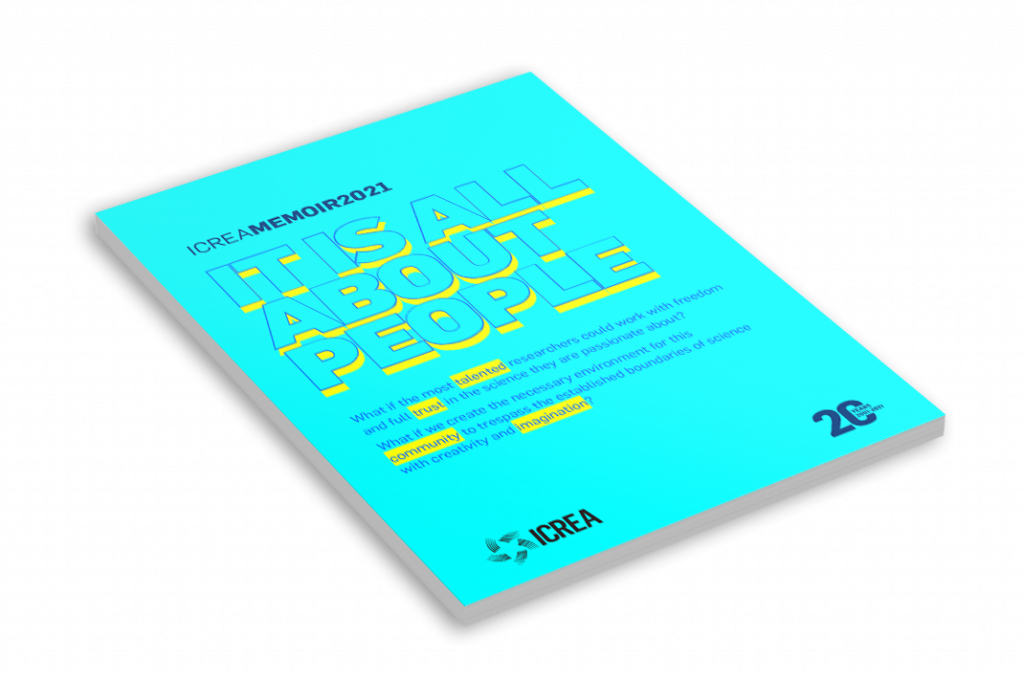Not all languages “cut” the spectrum of visible light into words for colours in the same way. While some languages function perfectly well with just 2 or 3 basic colour terms (roughly “light”, “dark”, and “red”), others have more than 10. In particular, while languages such as English, French and Spanish have a single basic term for the ‘blue’ region of the visible spectrum (“blue”, “bleu” and “azul”, respectively) and some even distinguish two shades (such as Russian: light “goluboy”/”голубой” and dark “siniy”/”синий”), many other languages do not make the difference between ‘blue’ and ‘green’, using instead a single basic colour term roughly translatable as “grue”. Why do these differences between languages exit?
To answer, we used a massive database of 142 populations spread across the globe, speaking widely different languages, and we showed that the languages spoken by more people, closer to large lakes, or further away from the equator, have a higher chance of distinguishing ‘blue’ and ‘green’. While the first factor really is just an imperfect proxy for more complex technologies (including dyeing techniques) and the second seems to intuitively make sense (not all lakes are always “poster card” blue, but they are very salient and important parts of life), the third supports an older but intriguing suggestion.
Long exposure, throughout the lifespan, to lots of ultraviolet light, especially to the medium-wave or type “B” (UV-B), has negative effects on the lens of the eye, resulting in progressive “lens brunescence” and decreased sensitivity to blue light. This progressive loss of blue light perception, acquired through unprotected exposure to intense UV-B light, would explain why languages closer to the equator (where UV-B intensity is higher) tend to not distinguish ‘blue’ and ‘green’. However, this is just one factor among many others, but it brings home the fact that languages “live” in the real world and are shaped by it in complex and fascinating ways.

